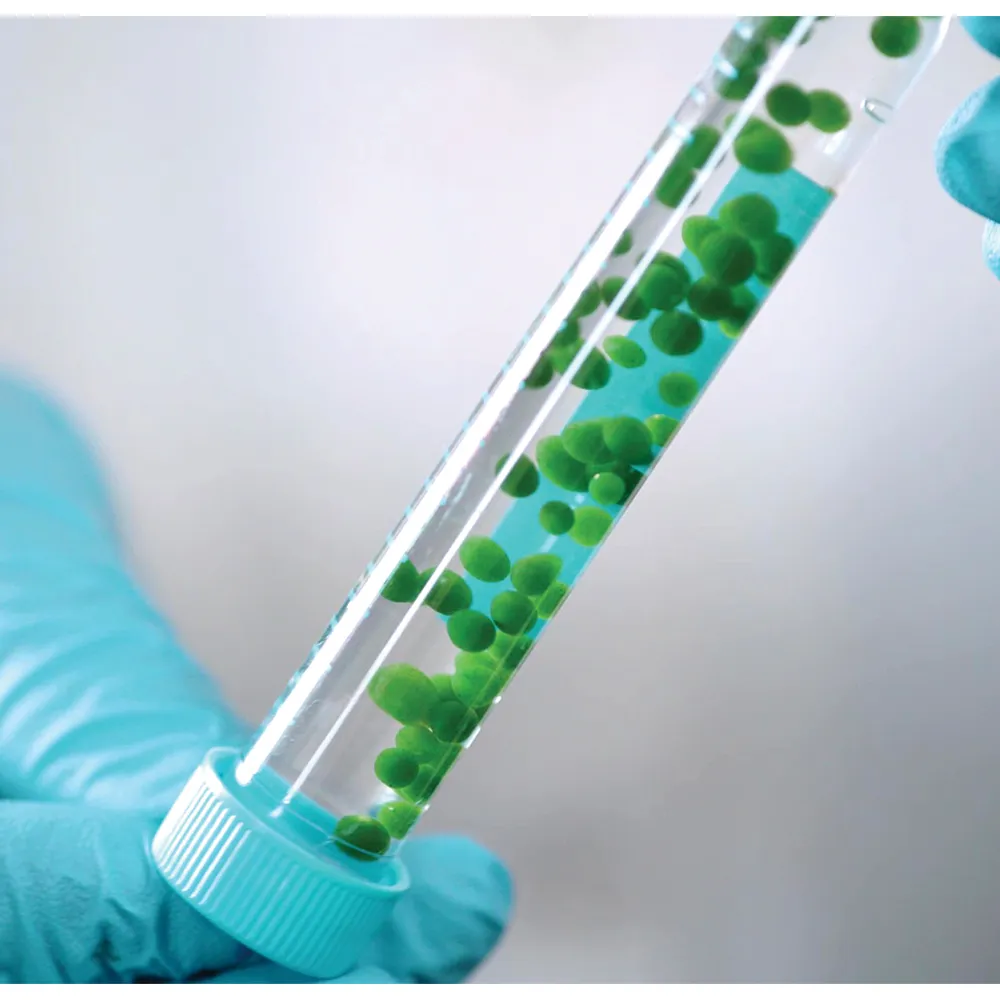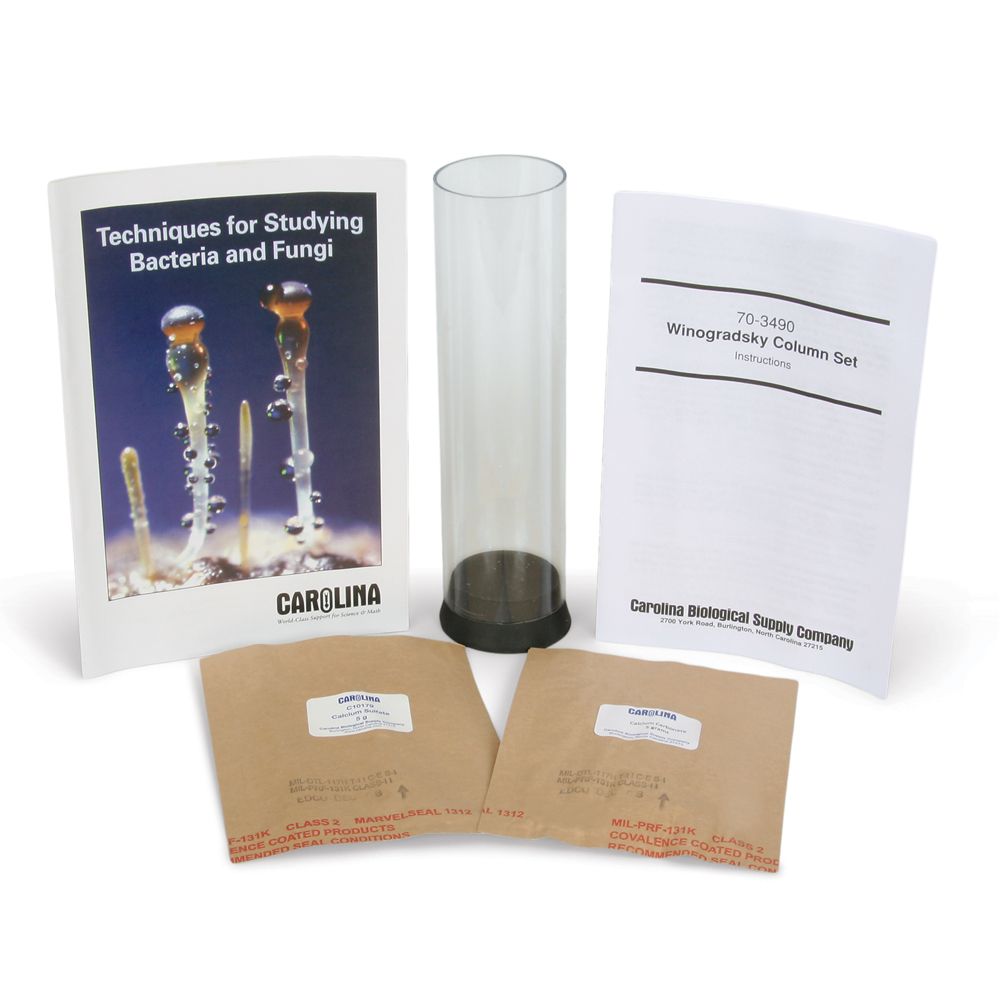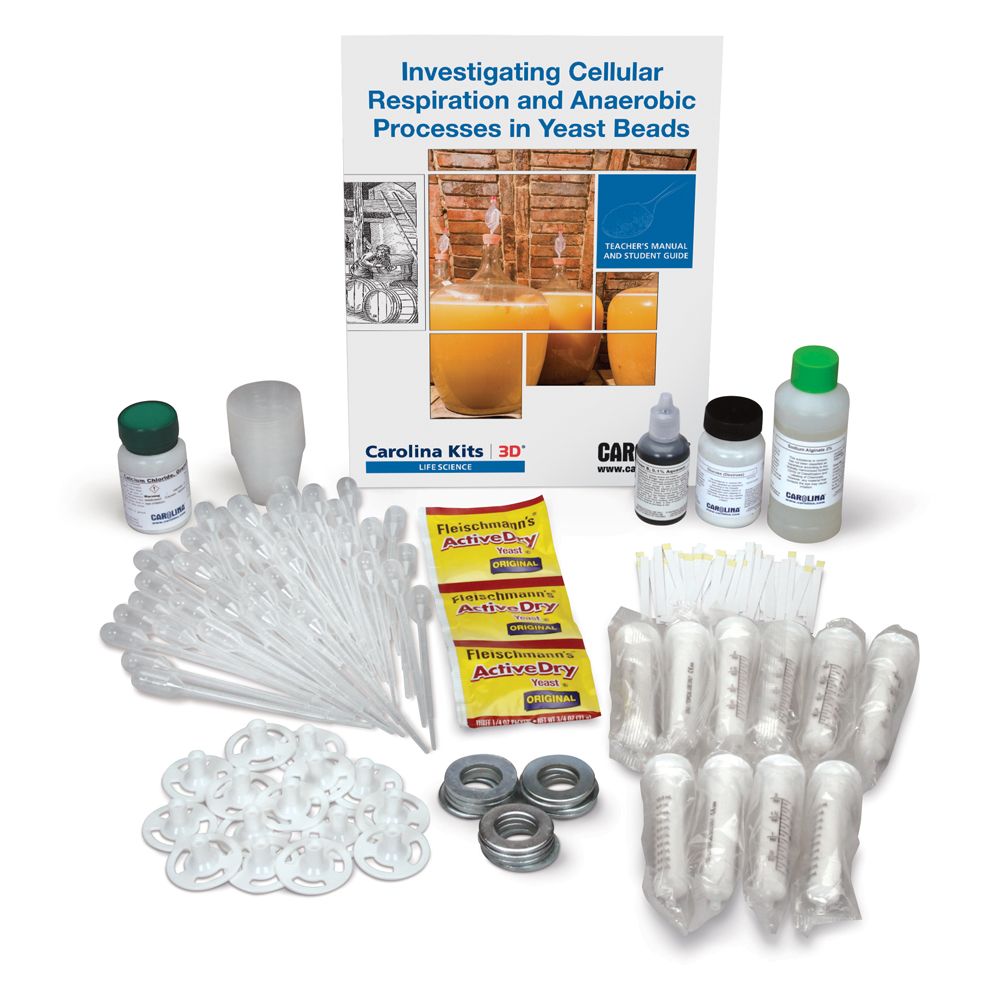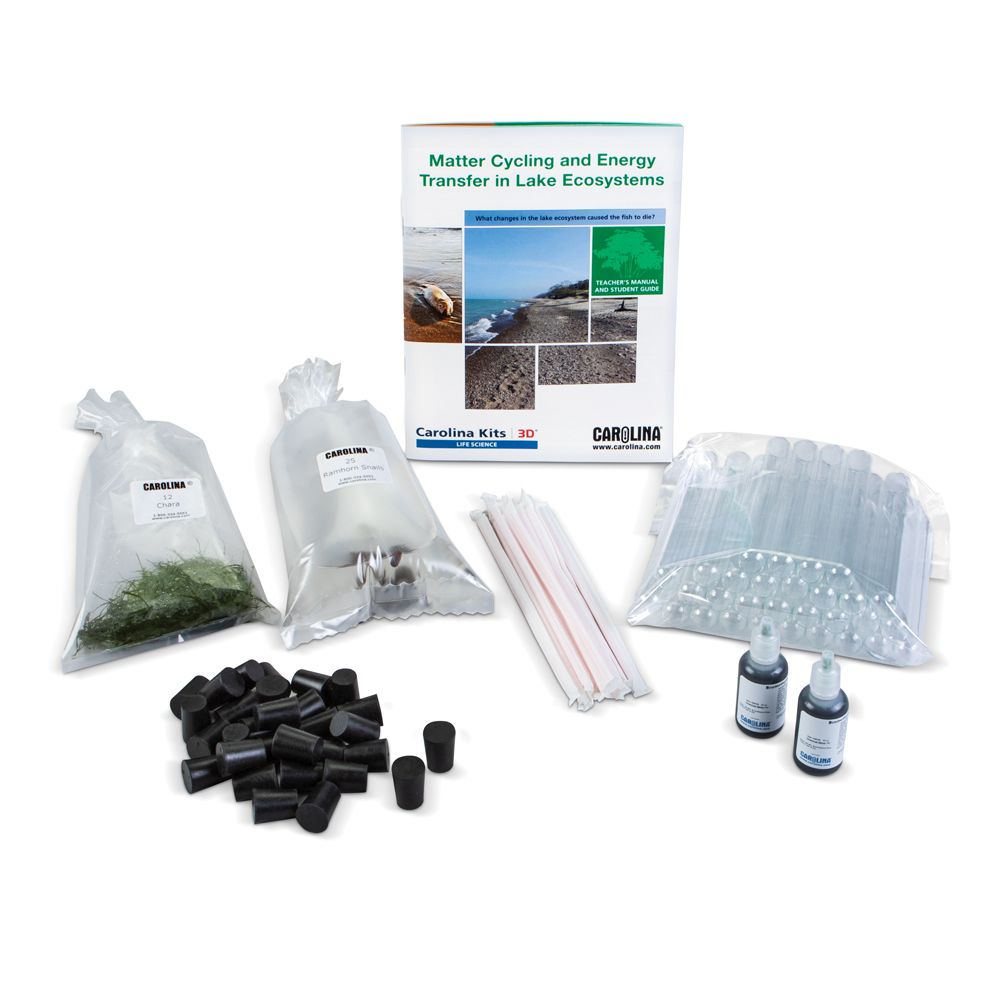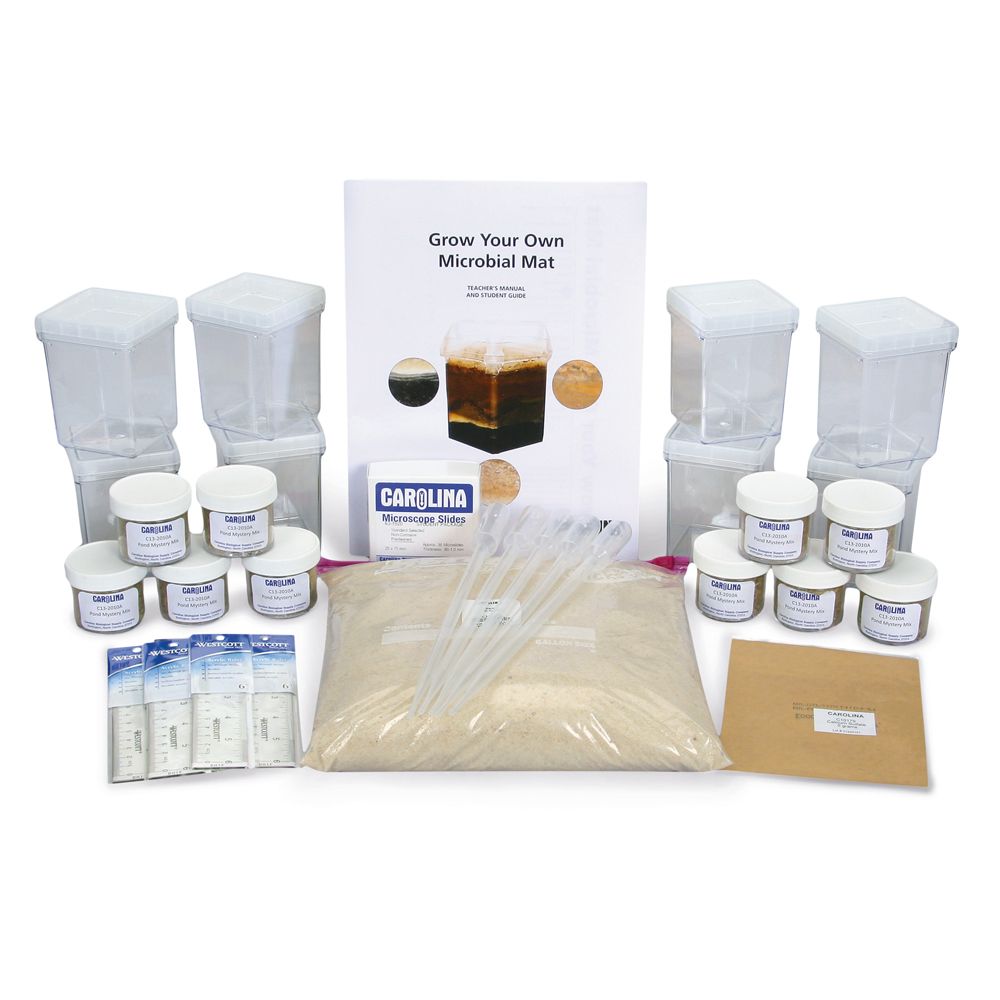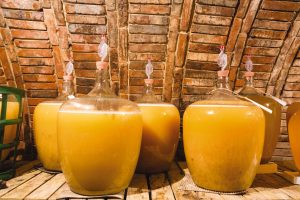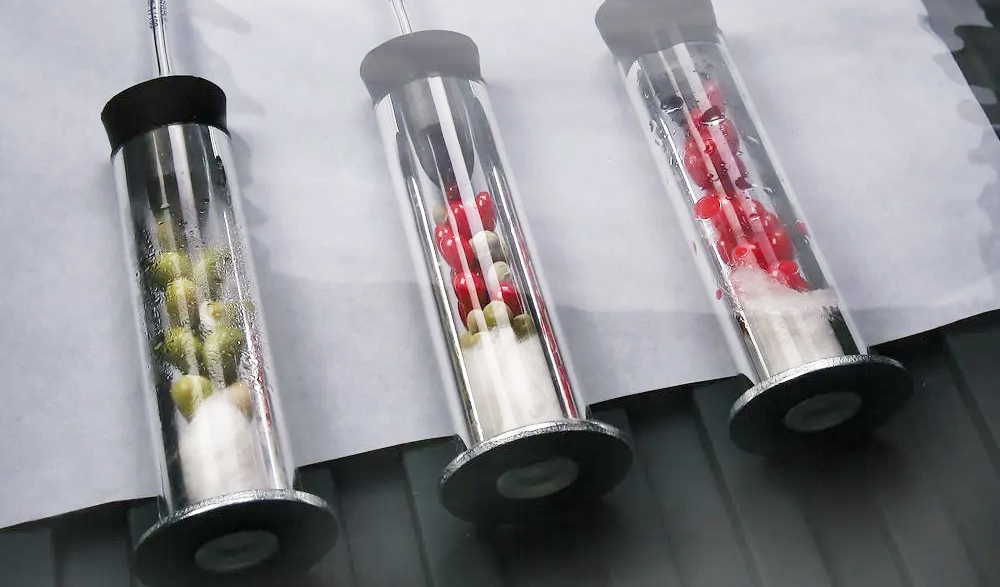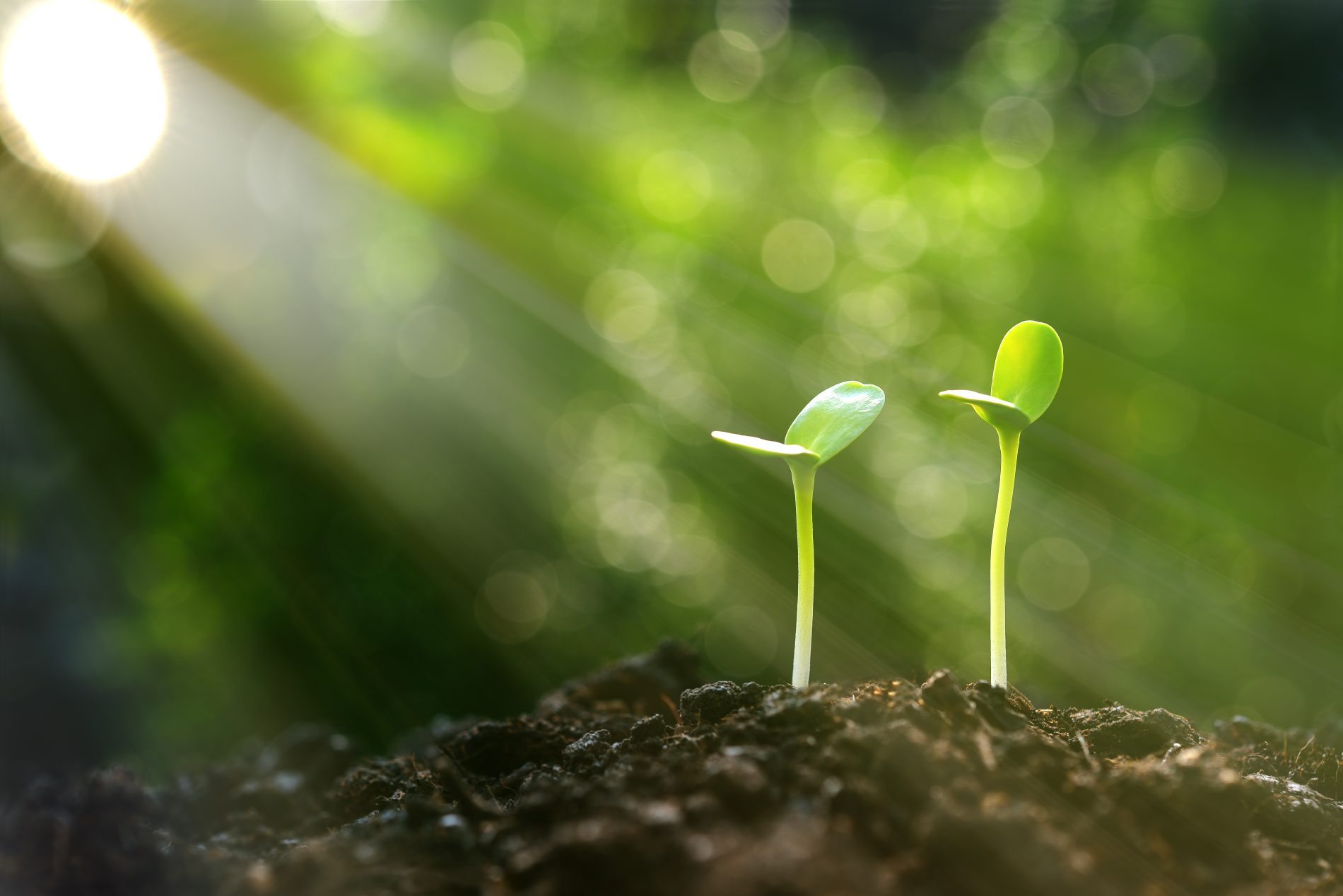Photosynthesis is the process by which plants make and store sugar in the presence of sunlight, and that sugar is then used by plants during respiration to produce the energy plants need to grow. Respiration can be completed in the presence of oxygen in aerobic respiration, or without oxygen in anaerobic respiration. Microbes like yeast can also break down sugar in the familiar process of fermentation.
This guide breaks down the important information students need to know, provides links to products and free digital resources, and includes suggestions for hands-on labs that reinforce student learning. We gathered a variety of products and resources to better help you teach this concept. They include:
- Models and manipulatives to simplify teaching cell structure and function
- Respiration activities, experiments, and kits
- Free resources for you and your students
The major areas covered in this topic:
Cellular Respiration
The life processes of all organisms require energy. Glucose stores energy in its atomic structure. Through a complex, stepwise process called cellular respiration, cells break down glucose to capture its potential energy and make molecules of ATP.
Carolina Investigations® for Use with AP® Biology: Cell Respiration #747600
Advanced
For experienced high school and college classes
Requires some technical skill and background knowledge
Students investigate the metabolic process of cellular respiration in germinating pea seed. In the Guided Investigation, students use respirometers to measure the rate of respiration based on the rate of relative oxygen consumption. In the Inquiry Activity, students design an investigation to further explore cellular respiration.
Modeling Cellular Respiration Kit #746500
Beginning
Easy to Perform Requires little to no prior knowledge
Working in groups, students use molecular models to explore the energy-yielding oxidation of glucose. Each group is assigned a step of the Krebs cycle to model. Students determine what is released and/or consumed during their reaction and what energy-related change occurs. They learn concepts central to cellular respiration and how the concepts apply to the reaction they model. This enables the entire class to understand the overall process by which cells harvest chemical energy from glucose.
Carolina® Winogradsky Column Set #703490
Intermediate
Easy to Perform Requires some background knowledge
A simple means of encouraging and demonstrating the growth of soil microbes such as protozoa, fungi, bacteria, and algae. Interrelationships of these microbes can be observed over a 6-week period. Soil sample must be field collected.
Investigating Cellular Respiration and Anaerobic Processes in Yeast Beads Kit #202208
Beginning
Easy to Perform Requires little to no prior knowledge
Introduce students to the cycling of carbon from glucose to carbon dioxide in aerobic and anaerobic conditions. Students develop a model based on initial observations in an open system. After measuring the volume of carbon dioxide evolution over time in a closed system, and observing an indicator for the presence of oxygen, they graph the rate of carbon dioxide evolution and revise their models.
Fermentation
Cells can produce ATP in the absence of oxygen, but only through glycolysis. In order to break down another molecule of glucose in the absence of oxygen, the cell must cycle NADH back to NAD+ (the NADH produced during glycolysis is normally converted back into NAD+ by the electron transport chain). This need is met through the process of fermentation.
Carolina BioKits® Basic Fermentation #202202
Beginning
Easy to Perform Requires little to no prior knowledge
Using 3 different sugar solutions, students learn about fermentation and study yeast’s carbon dioxide production rate. In Activity 1, students conduct an experiment to determine how fermentation rate varies between glucose and sucrose and with concentration. During Activity 2, the class develops and carries out an experiment to answer a question of their choosing about fermentation.
Cellular Respiration and Fermentation Kit #202215
Advanced
For experienced high school and college classes
Requires some technical skill and background knowledge
This kit highlights physiological differences between aerobic cellular respiration and fermentation. Students learn about the production of ATP in glycolysis, Krebs cycle, and electron transport system, and then compare these to the ATP production of both lactic acid fermentation and alcohol fermentation. They answer questions, perform calculations, and interpret results to evaluate their hypothesis and demonstrate their learning.
Photosynthesis and Respiration
The processes of photosynthesis and respiration are linked. The following kits cover both topics.
Matter Cycling and Energy Transfer in Lake Ecosystems Kit #187114
Beginner
Easy to Perform Requires little to no prior knowledge
Students begin with the phenomenon of a fish kill that occurred in Lake Erie in late summer. Students strive to make sense of this phenomenon by gathering evidence through investigations, readings, and digital resources. As students move through the lesson, they conduct investigations where they use system models to collect evidence about the roles of producers and consumers in an ecosystem; they learn how abiotic factors, such as nutrient levels and temperature, can cause changes in the ecosystem; and they explore the relationships between ecosystem components.

Inquiries in Science®: Energizing Cells Kit #251004
Intermediate
Easy to Perform Requires some background knowledge
Using aquatic plants, students explore the processes of photosynthesis and cellular respiration by testing for the presence of carbon dioxide in water. They then apply their knowledge and design an experiment testing factors that might limit or improve the rate of cellular respiration in yeast.
Photosynthesis and Cellular Respiration with Algae Beads #747760
Advanced
For experienced high school and college classes
Requires some technical skill and background knowledge
Explore the processes of photosynthesis and cellular respiration and their interrelationship using algae beads. In the Guided Activity, groups of students collaborate to perform an investigation in which they manipulate the transmittance of specific wavelengths of light available to encapsulated algae cells, or “algae beads.” Changes observed within a solution containing algae beads and a colorimetric indicator allow students to indirectly determine the net result of the biochemical processes of algal photosynthesis and cellular respiration within a closed system. In the Inquiry Activity, students formulate and explore an experimental question pertaining to the relative rate of photosynthesis and respiration in algae beads.
Advanced Topics
Go a little deeper in your lesson on cellular respiration.
Carolina EcoKits®: Ethanol Biofuel #187216
Intermediate
Easy to Perform Requires some background knowledge
Students apply scientific methodology to investigate enzyme digestion of cellulose and yeast alcohol fermentation in the presence of different concentrations of glucose. They then generate a standard curve to determine the concentration of glucose in solution. After understanding the reactions taking place, students discuss advantages and disadvantages of various sources of ethanol.
Additional Cell Respiration Products
Carolina has additional products to supplement your cellular respiration lessons.
Additional Cellular Respiration Teaching Support
We have free resources to help you teach this concept, including:
Free Cellular Respiration Resources
Use these free resources to supplement your instruction about fermentation and cellular respiration.
Carolina Care Guides
Explore our complete care guides for detailed information about the organisms along with related resources and FAQs.
Cellular Respiration Videos
Looking for some support for your cellular respiration labs? These videos can help.
For More Guidance
These are our top picks. If you don’t see what you’re looking for, we’ll be happy to help you find the right activities and kits to simplify your planning and implementation. If you have questions, please contact us at product@carolina.com.
About The Author
Carolina Staff
Carolina is teamed with teachers and continually provides valuable resources–articles, activities, and how-to videos–to help teachers in their classroom.

